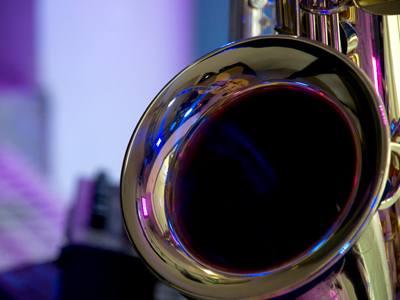
Ask the AI Tutor
Need help with Electricity - Static Electricity? Ask our AI Tutor!
AI Tutor - Lucy
Connecting with Tutor...
Please wait while we establish connection

Brass allows an electrical current to pass through it easily.
Electricity - Static Electricity
Why do clothes cling, hair stand on end, or sparks jump to a door handle? This GCSE Physics quiz explores static electricity and how electric charges build and discharge.
1 .
If two polystyrene rods are rubbed with a duster and gain electrons, how will the rods react to one another when they are brought close together?
Repel
Attract
Merge into a super rod
Melt
They both gain electrons so must be negatively charged - two objects with the same electrosatatic charge will repel each other
2 .
What is 'rubbed' off one material and onto the other?
Neutrons
Protons
Electrons
Dirt
These collect on the surface of the negatively charged object
3 .
What type of charge does the material losing electrons have?
Positive
Negative
No charge
Both positive and negative
Since the object was electrically neutral beforehand, losing negative charge will mean that it ends up with a positive charge
4 .
If two negatively charged materials are brought in close proximity to one another, what force do they exert on each other?
Attractive
Repulsive
Strong nuclear
Magnetic
Charges of the same type repel
5 .
If one positively charged material and one negatively charged material are brought in close proximity to one another, what force do they exert on each other?
Strong nuclear
Magnetic
Repulsive
Attractive
Two materials which have different types of electrical charge will always attract one another
6 .
If two charged materials are brought close together, what do they exert on each other?
A force
Radio waves
Ultra sonic waves
Heat
We talk of this as being an electrostatic force
7 .
What do certain insulating materials become when they are rubbed against each other?
Electrically charged
Friends
Electrically neutral
Nothing
One becomes positively charged and the other becomes negatively charged by the same amount
8 .
What type of charge does the material gaining electrons have?
Positive
Negative
No charge
Both positive and negative
A material that gains electrons will always become negatively charged as the electrons themselves are negatively charged
9 .
If two positively charged materials are brought in close proximity to one another, what force do they exert on each other?
Attractive
Repulsive
Strong nuclear
Magnetic
Repulsion works with positive charges the same as it does with negative charges
10 .
Which material from the list below allows an electrical current to pass through it easily?
Brass
Polystyrene
Card
Porcelain
Metals allow electrical currents to pass through them easily due to the high number of free electrons within the material
**Unlimited Quizzes Await You! 🚀**
Hey there, quiz champ! 🌟 You've already tackled today's free questions.
Ready for more?
Ready for more?
🔓 Unlock UNLIMITED Quizzes and challenge yourself every day. But that's
not all...
not all...
🔥 As a Subscriber you can join our thrilling "Daily Streak" against other
quizzers. Try to win a coveted spot on our Hall of Fame Page.
quizzers. Try to win a coveted spot on our Hall of Fame Page.
Don't miss out! Join us now and keep the fun rolling. 🎉
**Unlimited Quizzes Await You! 🚀**
Hey there, quiz champ! 🌟 You've already tackled today's free questions. Ready for more?
🔓 Unlock UNLIMITED Quizzes and challenge yourself every day. But that's not all...
🔥 As a Subscriber you can join our thrilling "Daily Streak" against other quizzers. Try to win a coveted spot on our Hall of Fame Page.
Don't miss out! Join us now and keep the fun rolling. 🎉






